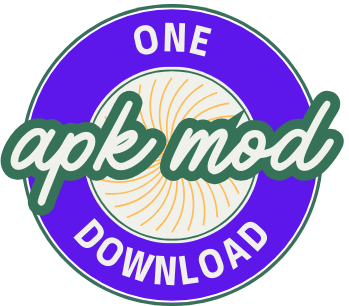Payday Loans: Installment or Revolving Credit?
Payday Loans: Installment or Revolving Credit?: Payday loans are a controversial yet prevalent form of short-term borrowing, often criticized for their high costs and potential to trap borrowers in cycles of debt. A critical question arises: Are payday loans structured as installment loans, revolving credit, or something else entirely? This article explores the nature of payday loans, their classification, and the implications for borrowers.
What Are Payday Loans?
Payday loans are small-dollar, short-term loans designed to bridge financial gaps until the borrower’s next paycheck. Typically, they range from $100 to $1,500, with repayment due in full within two to four weeks. Key features include:
- High Fees: Average fees of $15–$30 per $100 borrowed, translating to APRs of 400% or higher.
- Minimal Requirements: Borrowers need proof of income, a bank account, and ID, often bypassing credit checks.
- Quick Access: Funds are disbursed rapidly, sometimes within hours.
Traditional payday loans require full repayment (principal + fees) in a single lump sum. However, evolving regulations and lender practices have introduced variations, including installment payday loans.
Installment vs. Revolving Credit: Definitions
To classify payday loans, understanding the two primary credit structures is essential:
- Installment Loans
- Structure: A lump sum repaid in fixed, scheduled payments over a set term (e.g., auto loans, mortgages).
- Interest: May be fixed or variable, spread over the loan term.
- Examples: Personal loans, student loans.
- Revolving Credit
- Structure: A credit line with a maximum limit. Borrowers can draw, repay, and reuse funds (e.g., credit cards, HELOCs).
- Interest: Charged on outstanding balances; no set repayment schedule beyond minimum payments.
The Structure of Payday Loans
Payday loans defy easy categorization. Their structure varies by lender, regulation, and product type:
1. Traditional Single-Payment Payday Loans
- Repayment: A single balloon payment due on the borrower’s next payday.
- Classification: Neither installment nor revolving. This structure is unique but shares similarities with short-term installment loans (one payment).
- Rollovers: If borrowers cannot repay, they may “roll over” the loan by paying a fee to extend the due date. This practice mimics revolving credit’s flexibility but involves new transactions each time, often compounding fees.
2. Installment Payday Loans
- Emergence: Driven by state regulations (e.g., California, Texas), some lenders offer payday loans with longer terms (3–12 months) and multiple payments.
- Example: A $500 loan repaid in four biweekly installments of $175.
- Benefits: Lower per-payment burden but higher total costs due to prolonged fees.
3. Line-of-Credit Products
- Structure: A hybrid where lenders offer a revolving credit line with payday-like terms. Borrowers draw funds as needed, repay, and reuse the line.
- Interest: Fees accrue daily or weekly on outstanding balances.
Regulatory Influences
Regulations significantly shape payday loan structures:
- CFPB Rules: The 2017 CFPB rule required lenders to assess borrowers’ ability to repay but was rolled back in 2020. Recent efforts aim to revive stricter oversight.
- State Laws:
- Prohibitive States: 18 states (e.g., New York, Colorado) ban or cap rates at 36% APR, effectively eliminating payday loans.
- Installment Mandates: States like Ohio require payday loans to be structured as installments.
- Unrestricted States: States without caps (e.g., Nevada) see prevalent single-payment loans.
Implications for Borrowers
The structure of a payday loan profoundly impacts financial outcomes:
Single-Payment Loans
- Risks: High default rates due to lump-sum demands. Rollovers can escalate fees, leading to debt cycles.
- CFPB Data: 80% of payday loans are rolled over or renewed within 14 days.
Installment Loans
- Affordability: Spread payments reduce immediate strain but increase total costs. A $300 loan over three months might cost $500 in total.
- Debt Duration: Extended terms keep borrowers indebted longer, risking overdrafts or additional borrowing.
Revolving Credit Lines
- Flexibility vs. Cost: While convenient, daily accruing fees can surpass traditional payday loan costs if balances linger.
Alternatives to Payday Loans
Borrowers should consider safer options:
- Credit Union Loans: Federal credit unions offer Payday Alternative Loans (PALs) at 28% APR max.
- Personal Installment Loans: Lower APRs and structured repayment plans.
- Nonprofit Assistance: Organizations like StepChange provide interest-free debt relief.
- Employer Advances: Earned wage access programs (e.g., DailyPay) allow early paycheck access.
Conclusion
Payday loans occupy a gray area between installment and revolving credit. Traditionally single-payment products, regulatory shifts have spurred installment variants, while line-of-credit models blur lines with revolving credit. Regardless of structure, their high costs and risks necessitate cautious use. Understanding these nuances empowers borrowers to make informed decisions and seek alternatives, breaking free from predatory debt cycles.


